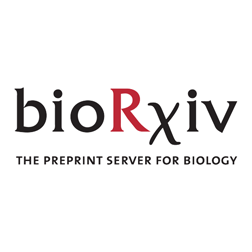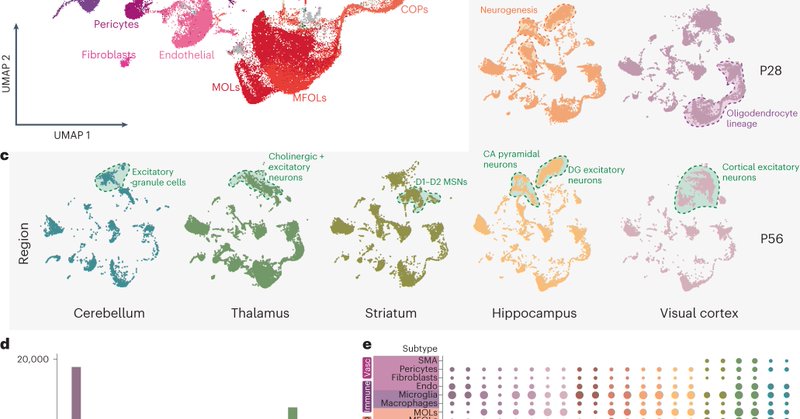
Dominic Kaul
@domkaul
Followers
272
Following
935
Media
13
Statuses
121
Stress(ed) Researcher | | Previously obsessed with glia | All opinions are my own 🧠
New South Wales, Australia
Joined April 2019
[1/6] Buckle in for the story of a big chunk of my PhD: In our recent preprint, we explore the molecular impact of severe stress on the human brain. A thread:
1
9
37
A moment that felt both like it came all too quickly and was also long overdue. Thanks to everyone for the support along the way especially the @mindbehindMINDS gang❤️.
2
0
22
Bittersweet to close this chapter and say farewell to glia for now ❤️.
3
1
20
RT @mpi_psychiatry: Exciting new results from single nucleus RNA sequencing of 800,000 nuclei from 90 post mortem brain samples showing con….
nature.com
Nature Neuroscience - Single-cell profiling in the human cortex reveals aging-associated transcriptomic changes across all brain cell types, which overlap with effects with Alzheimer’s...
0
18
0
RT @stem_mitch: Thrilled to share the first major publication from my thesis, huge thanks to all who were involved! If you’re interested in….
0
3
0
[7/6] If you’re interested in reading more on this, check out the preprint here!:
biorxiv.org
Severe psychological stress is one of the most potent risk factors for developing a mood or psychotic disorder, yet the underlying molecular mechanisms are poorly understood. Astrocytes are a key...
0
1
12
[6/6] Finally, we wanted to see whether human astrocytes could directly respond to stress. We activated cortisol receptors in hPSC astrocytes. Activation directly shaped the glutamate clearance and the calcium response to excitatory neurotransmitters, such as glutamate and NMDA.
1
1
10
[5/6] We supported this with semi-automated histological quantification of >20,000 astrocytes using the glutamate transporter strongly expressed by this population of cells. They were more dense and larger in the grey matter of these individuals.
1
1
6
[4/6] When we didn’t correct for sex the transcriptional association with stress was greater in females in this same cluster. We also saw stronger effects in individuals with childhood stress.
1
1
7
[3/6] We soon realised that astrocytes were quite diverse and that we should explore this further. We used single nucleus and spatial RNAseq to explore the diversity of these cells. In cases with stress, altered expression was most associated with a set of grey matter astrocytes.
1
1
9
[2/7] We set off by asking whether we could identify molecular markers that distinguished the brains of individuals who had been exposed to profound psychological stress and went on to develop a psychiatric disorder compared to those who did not have this same exposure.
1
2
6
0
1
0
RT @DrCriCru: Fantastic preprint out from the great lab of @natalie_matosin led by the very talented @domkaul. Congrats to all the authors….
0
2
0
More than excited to finally have this story on my favourite cells out! An enormous thank you to everyone involved.
0
0
10
I can't say enough positive words about this opportunity. Great people, great vibes, great science - what more could you want!.
0
2
13
Beyond excited to have finally submitted my thesis!!!!! A huge thank you to everyone who has helped me out along the way especially @natalie_matosin, the lab @mindbehindMINDS, @NeuralOoi, Sibylle and Naguib for all your support.
2
0
11
RT @JAMAPsych: Controlling for genetic and environmental confounding, study revealed 21-41% of mental health conditions in Australia are at….
0
87
0
RT @NatureNeuro: Single-cell long-read sequencing-based mapping reveals specialized splicing patterns in developing and adult mouse and hum….
nature.com
Nature Neuroscience - RNA alternative splicing is involved in determining cell identity, but a comprehensive molecular map is missing. Here, the authors provide a human and mouse brain atlas of...
0
31
0
Felt great to pass this milestone - thanks to everyone for your support! I hope everyone left with a little more love for astros.
5
0
31










